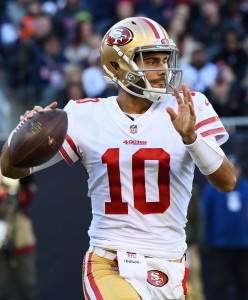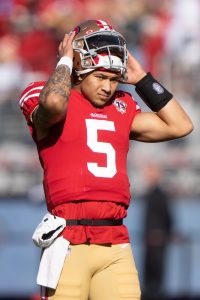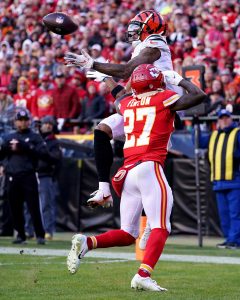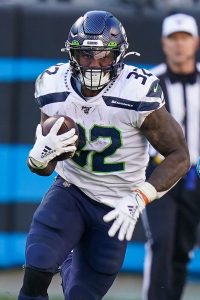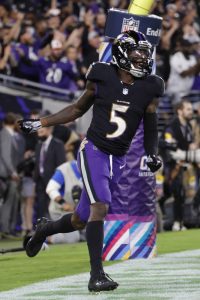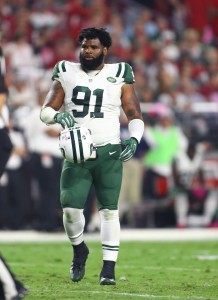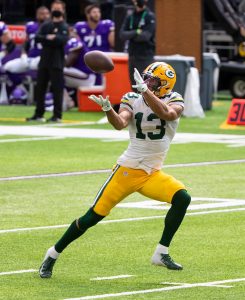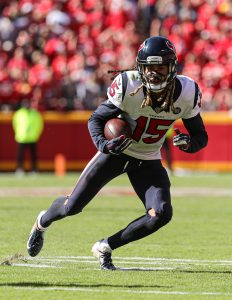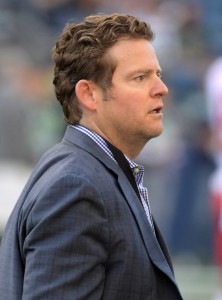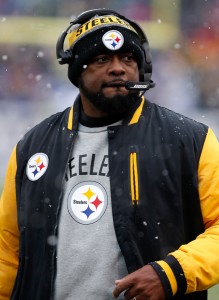In case you missed it, here is a look back at our recent originals:
- PFR’s Offseason in Review series for 2022 kicked off with two entries, beginning with the Broncos and Giants.
- I took a look at a Denver offseason headlined by the Russell Wilson trade but one that also included a transaction stretch involving few front-seven additions, the hiring of Nathaniel Hackett as head coach and the franchise being sold.
- The Giants made more power-structure changes, adding a new GM-HC duo, but Big Blue becoming one of just 20 teams in the 56-year common draft era to make two top-10 picks headlined their offseason.
- With the summer representing an annual window for teams to decide on players’ long-term statuses, our extension candidate series produced five more entries.
- One of a handful of receiver standouts from the 2019 draft eyeing big-ticket re-ups, Marquise Brown now has a team that did not draft him handling his potential extension. Rory Parks took a look at the Cardinals wideout’s extension outlook.
- The Bills have already paid linebacker Matt Milano and took care of 2018 first-rounder Josh Allen. Ben Levine examined the extension candidacy for Buffalo’s other 2018 first-rounder, Pro Bowl linebacker Tremaine Edmunds.
- Jeffery Simmons did not participate fully in the Titans‘ minicamp, inviting questions ahead of Tennessee’s training camp. Ely Allen delved into the blossoming defensive lineman’s case to be a long-term Titans front-seven bastion.
- After the Packers separated their edge-rushing Smiths, making Za’Darius a cap casualty, Rashan Gary has a chance to become a potential cornerstone Green Bay defender. Adam La Rose looked into the former first-rounder’s value.
- The Chiefs have not poured much money into their cornerback positions in recent years, but after letting Charvarius Ward walk, the team may have an opening for a midlevel extension in this position group. Ely addressed Rashad Fenton‘s case for a long-term Missouri future.
- The Packers made some additions at receiver this offseason, but after the exits of Davante Adams and Marquez Valdes-Scantling, Green Bay’s wideout depth chart differs considerably from the other NFC contenders. Examining the Packers’ post-Adams outlook, I went into the team’s unique setup and augmentation options at this marquee position.
- The departures of Sean Payton and Mike Zimmer removed two of the NFL’s longest-tenured head coaches from the 2022 equation. The updated list features 10 new HCs and nearly half the league employing coaches hired over the past two offseasons.
- Kevin Colbert‘s retirement also removed a longtime general manager from the 2022 contingent. Here is how the league’s GM collection looks entering the ’22 campaign.
- Various changes to quarterbacks’ contracts — via trades, extensions or fifth-year option bumps — adjusted the NFL’s 2022 earnings hierarchy. Ryan Tannehill and Patrick Mahomes surged to the top of the list, though several non-QBs’ contracts appear among the top of the largest 2022 cap figures.
- Jimmy Garoppolo has been on the trade block for five months. In PFR’s latest poll, I analyzed the early-July landscape for the 49ers quarterback, whose 2022 endgame features a number of options.
- A neck injury has put Chris Carson‘s career in jeopardy, a development similar to those of Cliff Avril and Kam Chancellor. While the veteran Seahawks running back is not planning to retire, Ely offered a look into Carson’s future in Seattle.
- Sheldon Richardson has bounced around the league, and although he has been a starter throughout his career, the defensive lineman has not enjoyed a long-tenured run with any team but the Jets. In our latest This Date In Transactions History entry, Ben went into an offseason event seven years ago that affected his time in New York.
